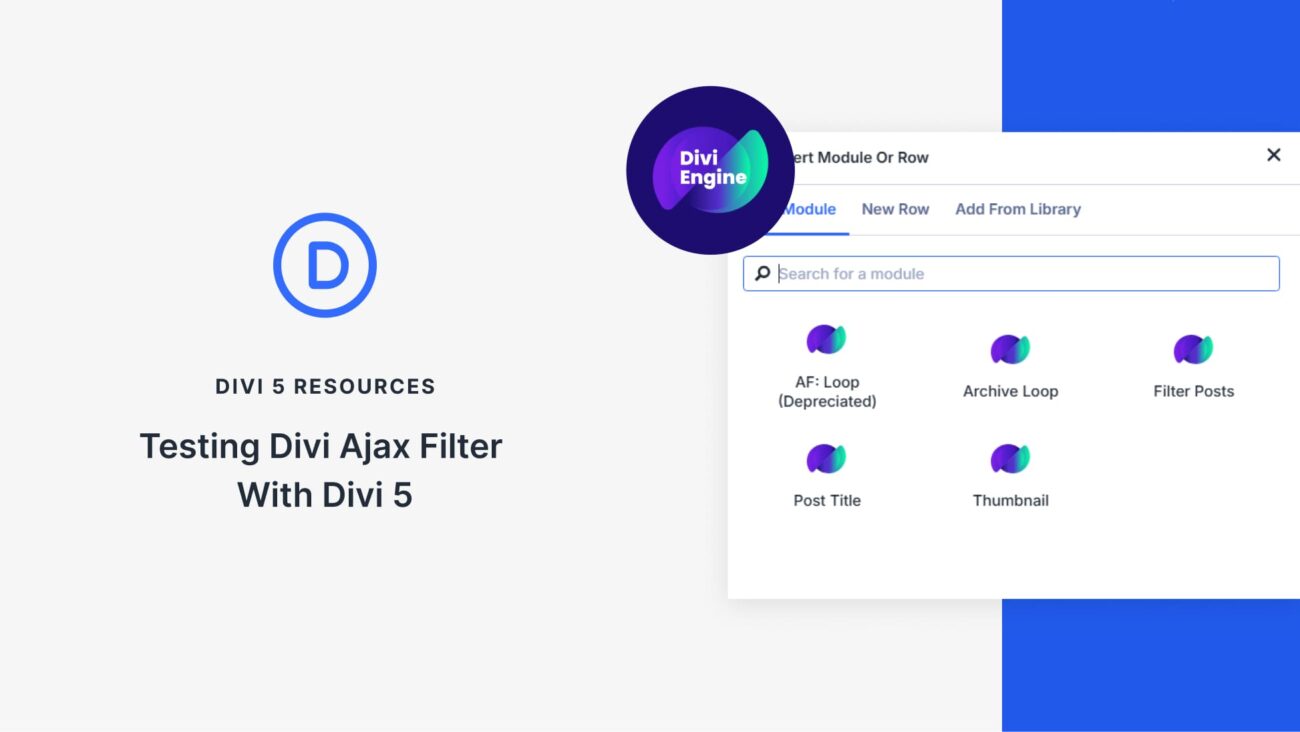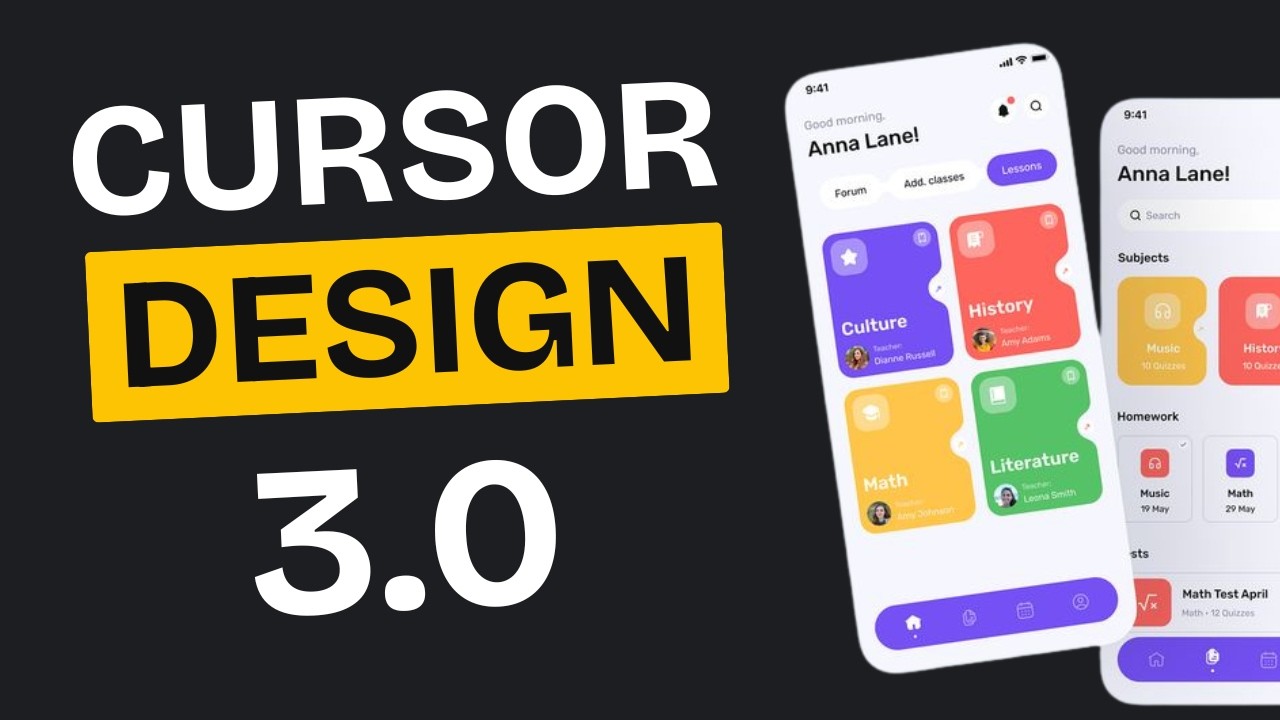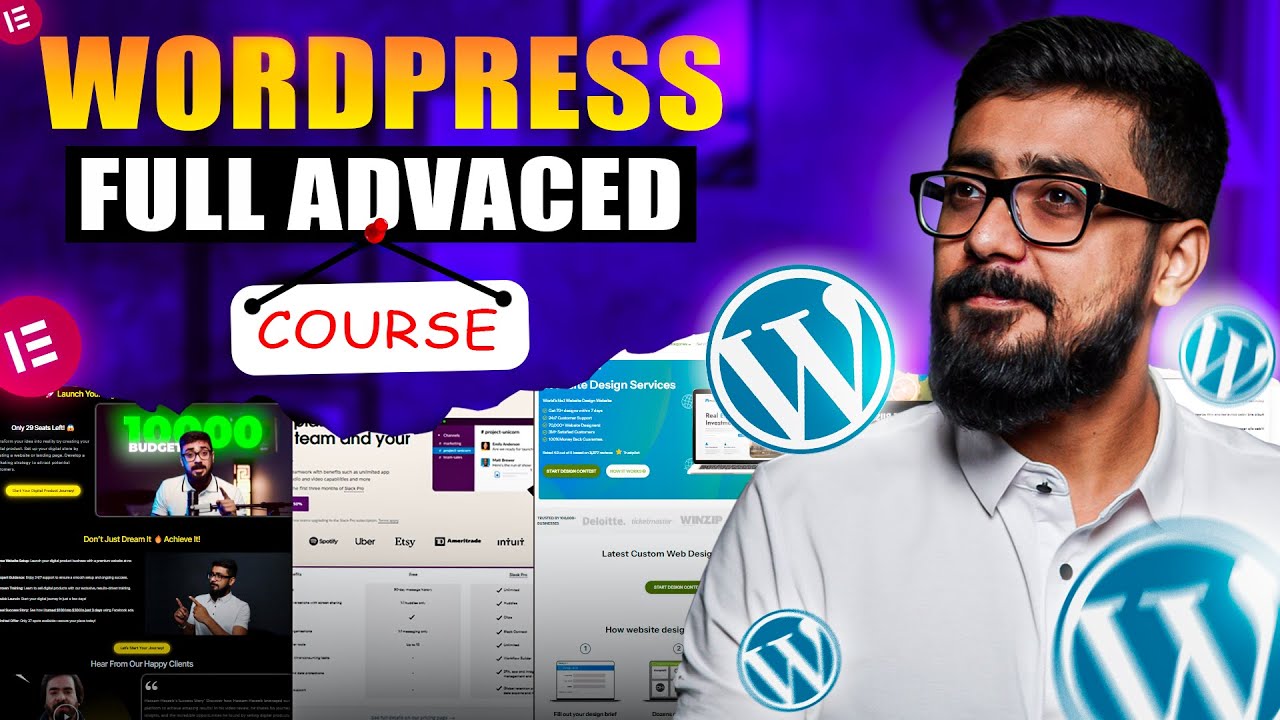Blog
Mastering WordPress in 2025: A Comprehensive Guide for Newcomers
WordPress continues to dominate the digital landscape, powering over 43% of websites globally as of 2025. Whether you’re launching a blog, portfolio, or e-commerce store, this platform remains the go-to choice for its flexibility and user-friendly interface. This guide walks you through every step of creating, customizing, and managing a WordPress site in 2025—no coding expertise required.
Why WordPress Is Still #1 in 2025
Before diving into setup, let’s explore why WordPress remains relevant:
- Beginner-Friendly Tools: Intuitive drag-and-drop editors like Gutenberg and Elementor simplify design.
- Scalability: Start small and expand effortlessly as your audience grows.
- SEO-Ready: Built-in optimization features and plugins like Yoast help rank higher on search engines.
- Vast Ecosystem: Access thousands of themes, plugins, and integrations tailored to every niche.
- Cost-Effective: Free core software with affordable hosting options lowers barriers to entry.
Step 1: Choose the Right Hosting Provider
Your hosting service is the foundation of your site. Key considerations for 2025:
Types of WordPress Hosting
- Shared Hosting: Affordable but shares server resources (ideal for low-traffic sites).
- Managed WordPress Hosting: Optimized for speed/security (e.g., Kinsta, WP Engine).
- Cloud Hosting: Offers scalability and uptime (options like AWS or Google Cloud).
What to Prioritize in 2025
- Speed: Users expect pages to load in under 2 seconds. Look for SSD storage and CDN integration.
- Security: Ensure providers offer SSL certificates, DDoS protection, and malware scanning.
- Support: 24/7 customer service via live chat or phone.
Top Picks: SiteGround (budget-friendly), Bluehost (official WordPress recommendation), and Flywheel (for creatives).
Step 2: Secure a Domain Name
Your domain is your digital address. Follow these tips:
- Keep It Simple: Use short, memorable names (e.g., yourbrand.com).
- Incorporate Keywords: Boost SEO by including terms like “design” or “tech” if relevant.
- Avoid Trademarks: Use tools like USPTO.gov to prevent legal issues.
Purchase domains via registrars like Namecheap or through your hosting provider for seamless setup.
Step 3: Install WordPress
Most hosts offer one-click WordPress installations:
- Log into your hosting account dashboard (e.g., cPanel).
- Locate the “WordPress Installer” button.
- Follow prompts to set up your admin username, password, and email.
For manual installation:
- Download WordPress.org files.
- Upload via FTP to your server.
- Configure the wp-config.php file with database details.
Step 4: Select a Theme
Your theme dictates your site’s appearance and functionality. The 2025 trend leans toward lightweight, mobile-responsive designs.
Free vs. Premium Themes
- Free: Great for testing ideas (check the WordPress Theme Directory).
- Premium: Offer advanced features and support (e.g., Divi, Astra).
Customization Tips:
- Use the WordPress Customizer to tweak fonts, colors, and layouts.
- Ensure themes are compatible with page builders like Beaver Builder.
Step 5: Boost Functionality with Plugins
Plugins add features without coding. Essential plugins for 2025 include:
Must-Haves for Every Site
- Yoast SEO: Optimize content and meta tags.
- Akismet: Block spam comments.
- WooCommerce: Build a full-featured online store.
- MonsterInsights: Track traffic with Google Analytics.
Performance & Security
- WP Rocket: Improve loading times via caching.
- Wordfence: Block malicious traffic and vulnerabilities.
Pro Tip: Limit plugins to 15–20 to avoid slowing your site.
Step 6: Craft Your First Pages
Every WordPress site needs core pages:
- Homepage: Showcase your brand’s mission and navigation.
- About: Share your story and credentials.
- Contact: Include forms (use WPForms) and social media links.
- Blog: Publish engaging, keyword-rich articles.
Content Best Practices:
- Use headers (H1, H2, H3) to structure posts.
- Embed images optimized for web (JPEG or WebP format).
- Add internal links to improve SEO and user engagement.
Step 7: Customize for Audience Engagement
Modern users demand interactive experiences. Implement these in 2025:
- AI Chatbots: Tools like Tidio offer 24/7 customer support.
- Membership Areas: Use plugins like MemberPress for exclusive content.
- Dynamic Content: Personalize recommendations with AI-driven plugins.
Step 8: Optimize for Speed & Mobile
Google prioritizes fast, mobile-friendly sites.
Speed Optimization Checklist
- Compress images with ShortPixel.
- Enable browser caching.
- Use a Content Delivery Network (CDN) like Cloudflare.
Mobile Optimization
- Test responsiveness via Google’s Mobile-Friendly Test.
- Simplify menus for smaller screens.
Step 9: Strengthen Security
Cyber threats are evolving. Protect your site with:
- Regular updates for themes, plugins, and WordPress core.
- Two-factor authentication (2FA) for logins.
- Daily backups using UpdraftPlus.
Step 10: Analyze & Iterate
Track performance to refine your strategy:
- Google Search Console: Monitor rankings and fix crawl errors.
- Heatmaps: Tools like Hotjar reveal user behavior.
- A/B Testing: Experiment with headlines, layouts, and CTAs.
The Future of WordPress: What’s Next?
By 2026, expect advancements in:
- AI Integration: Automated content generation and SEO adjustments.
- Voice Search Optimization: Themes optimized for voice queries.
- Blockchain Security: Decentralized verification for enhanced safety.
Final Thoughts
WordPress in 2025 is more accessible and powerful than ever. By following this guide, you’ll build a professional, secure, and scalable website that grows with your goals. Remember, consistency is key—update content regularly, engage with your audience, and stay ahead of digital trends.
Your journey starts now. Happy building!
Elementor Pro
In stock
PixelYourSite Pro
In stock
Rank Math Pro
In stock
Related posts
Microsoft Tests Intrusive Windows 11 Boot-Up Ads for Expired 365 Subscriptions
TOP 20: melhores plugins para seu WordPress (2025) | Turbine seu site com essas dicas 🚀
Free AI tools in wordpress for content, wireframes, design, images
5-Week AI Mentorship for Startups in SF
Testing Divi Ajax Filter With Divi 5
Best Websites to Download Free GPL WordPress Themes & Plugins in 2025
3 Ways to Build ACTUALLY Beautiful Websites Using Cursor AI
Global ERP Software Market to Hit $229B by 2033 Amid Tech Boom
Top 12 Robotics AI Blogs/NewsWebsites 2025
FREE WordPress Complete Course For Beginners 2025 | How To Make a WordPress Website
【AI解説】AIと対話しHP生成WordPress.com「AI Website Builder」使い方
Competitive Robotics Programs Build Skills for AI-Driven 2025 Workforce
Products
-
 Team Showcase – WordPress Plugin
Team Showcase – WordPress Plugin
$53.71Original price was: $53.71.$4.02Current price is: $4.02.In stock
-
 ChatBot for WooCommerce – Retargeting, Exit Intent, Abandoned Cart, Facebook Live Chat – WoowBot
ChatBot for WooCommerce – Retargeting, Exit Intent, Abandoned Cart, Facebook Live Chat – WoowBot
$53.71Original price was: $53.71.$4.02Current price is: $4.02.In stock
-
 FOX – Currency Switcher Professional for WooCommerce
FOX – Currency Switcher Professional for WooCommerce
$41.00Original price was: $41.00.$4.02Current price is: $4.02.In stock
-
 WooCommerce Attach Me!
WooCommerce Attach Me!
$41.00Original price was: $41.00.$4.02Current price is: $4.02.In stock
-
 Magic Post Thumbnail Pro
Magic Post Thumbnail Pro
$53.71Original price was: $53.71.$3.69Current price is: $3.69.In stock
-
 Bus Ticket Booking with Seat Reservation PRO
Bus Ticket Booking with Seat Reservation PRO
$53.71Original price was: $53.71.$4.02Current price is: $4.02.In stock
-
 GiveWP + Addons
GiveWP + Addons
$53.71Original price was: $53.71.$3.85Current price is: $3.85.In stock
-
 ACF Views Pro
ACF Views Pro
$62.73Original price was: $62.73.$3.94Current price is: $3.94.In stock
-
 Kadence Theme Pro
Kadence Theme Pro
$53.71Original price was: $53.71.$3.69Current price is: $3.69.In stock
-
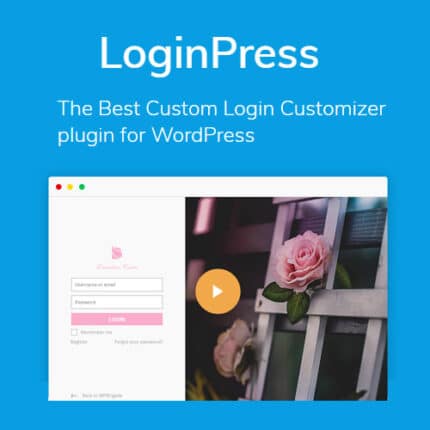 LoginPress Pro
LoginPress Pro
$53.71Original price was: $53.71.$4.02Current price is: $4.02.In stock
-
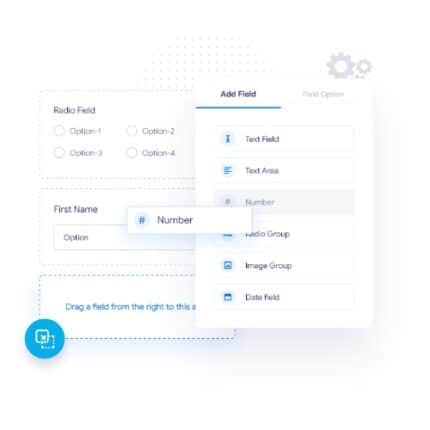 Checkout Field Editor and Manager for WooCommerce Pro
Checkout Field Editor and Manager for WooCommerce Pro
$53.71Original price was: $53.71.$3.94Current price is: $3.94.In stock
-
 Social Auto Poster
Social Auto Poster
$53.71Original price was: $53.71.$3.94Current price is: $3.94.In stock
-
 Vitepos Pro
Vitepos Pro
$53.71Original price was: $53.71.$12.30Current price is: $12.30.In stock
-
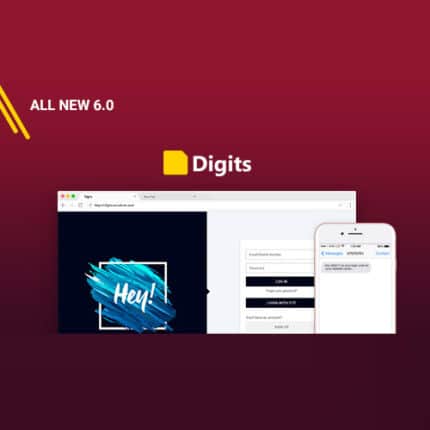 Digits : WordPress Mobile Number Signup and Login
Digits : WordPress Mobile Number Signup and Login
$53.71Original price was: $53.71.$3.94Current price is: $3.94.In stock
-
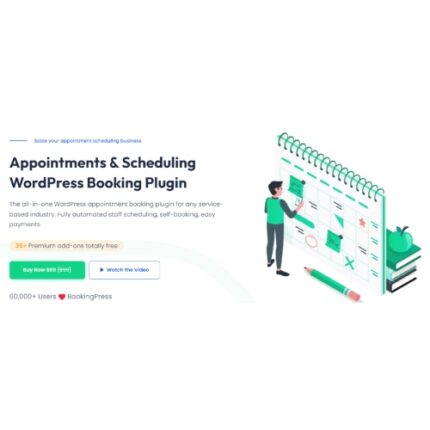 BookingPress Pro – Appointment Booking plugin
BookingPress Pro – Appointment Booking plugin
$53.71Original price was: $53.71.$3.94Current price is: $3.94.In stock
-
 Polylang Pro
Polylang Pro
$53.71Original price was: $53.71.$3.94Current price is: $3.94.In stock
-
 All-in-One WP Migration Unlimited Extension
All-in-One WP Migration Unlimited Extension
$53.71Original price was: $53.71.$3.94Current price is: $3.94.In stock
-
 Slider Revolution Responsive WordPress Plugin
Slider Revolution Responsive WordPress Plugin
$53.71Original price was: $53.71.$4.51Current price is: $4.51.In stock
-
 Advanced Custom Fields (ACF) Pro
Advanced Custom Fields (ACF) Pro
$53.71Original price was: $53.71.$3.94Current price is: $3.94.In stock
-
 Gillion | Multi-Concept Blog/Magazine & Shop WordPress AMP Theme
Rated 4.60 out of 5
Gillion | Multi-Concept Blog/Magazine & Shop WordPress AMP Theme
Rated 4.60 out of 5$53.71Original price was: $53.71.$5.00Current price is: $5.00.In stock
-
 Eidmart | Digital Marketplace WordPress Theme
Rated 4.70 out of 5
Eidmart | Digital Marketplace WordPress Theme
Rated 4.70 out of 5$53.71Original price was: $53.71.$5.00Current price is: $5.00.In stock
-
 Phox - Hosting WordPress & WHMCS Theme
Rated 4.89 out of 5
Phox - Hosting WordPress & WHMCS Theme
Rated 4.89 out of 5$53.71Original price was: $53.71.$5.17Current price is: $5.17.In stock
-
 Cuinare - Multivendor Restaurant WordPress Theme
Rated 4.14 out of 5
Cuinare - Multivendor Restaurant WordPress Theme
Rated 4.14 out of 5$53.71Original price was: $53.71.$5.17Current price is: $5.17.In stock
-
 Eikra - Education WordPress Theme
Rated 4.60 out of 5
Eikra - Education WordPress Theme
Rated 4.60 out of 5$62.73Original price was: $62.73.$5.08Current price is: $5.08.In stock
-
 Tripgo - Tour Booking WordPress Theme
Rated 5.00 out of 5
Tripgo - Tour Booking WordPress Theme
Rated 5.00 out of 5$53.71Original price was: $53.71.$4.76Current price is: $4.76.In stock
-
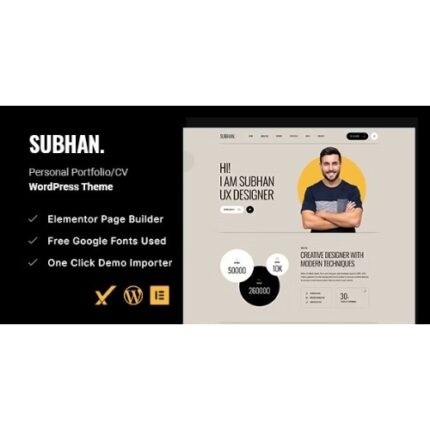 Subhan - Personal Portfolio/CV WordPress Theme
Rated 4.89 out of 5
Subhan - Personal Portfolio/CV WordPress Theme
Rated 4.89 out of 5$53.71Original price was: $53.71.$4.76Current price is: $4.76.In stock
-
 Travel Tour - Travel Booking WordPress
Rated 4.50 out of 5
Travel Tour - Travel Booking WordPress
Rated 4.50 out of 5$53.71Original price was: $53.71.$4.51Current price is: $4.51.In stock
-
 Eduma – Education WordPress Theme
Rated 4.33 out of 5
Eduma – Education WordPress Theme
Rated 4.33 out of 5$53.71Original price was: $53.71.$4.51Current price is: $4.51.In stock
-
 Airtech - Plumber HVAC and Repair theme
Rated 4.80 out of 5
Airtech - Plumber HVAC and Repair theme
Rated 4.80 out of 5$62.73Original price was: $62.73.$5.33Current price is: $5.33.In stock
-
 Bookio – Book Store WooCommerce WordPress Theme
Rated 4.20 out of 5
Bookio – Book Store WooCommerce WordPress Theme
Rated 4.20 out of 5$53.71Original price was: $53.71.$4.92Current price is: $4.92.In stock









